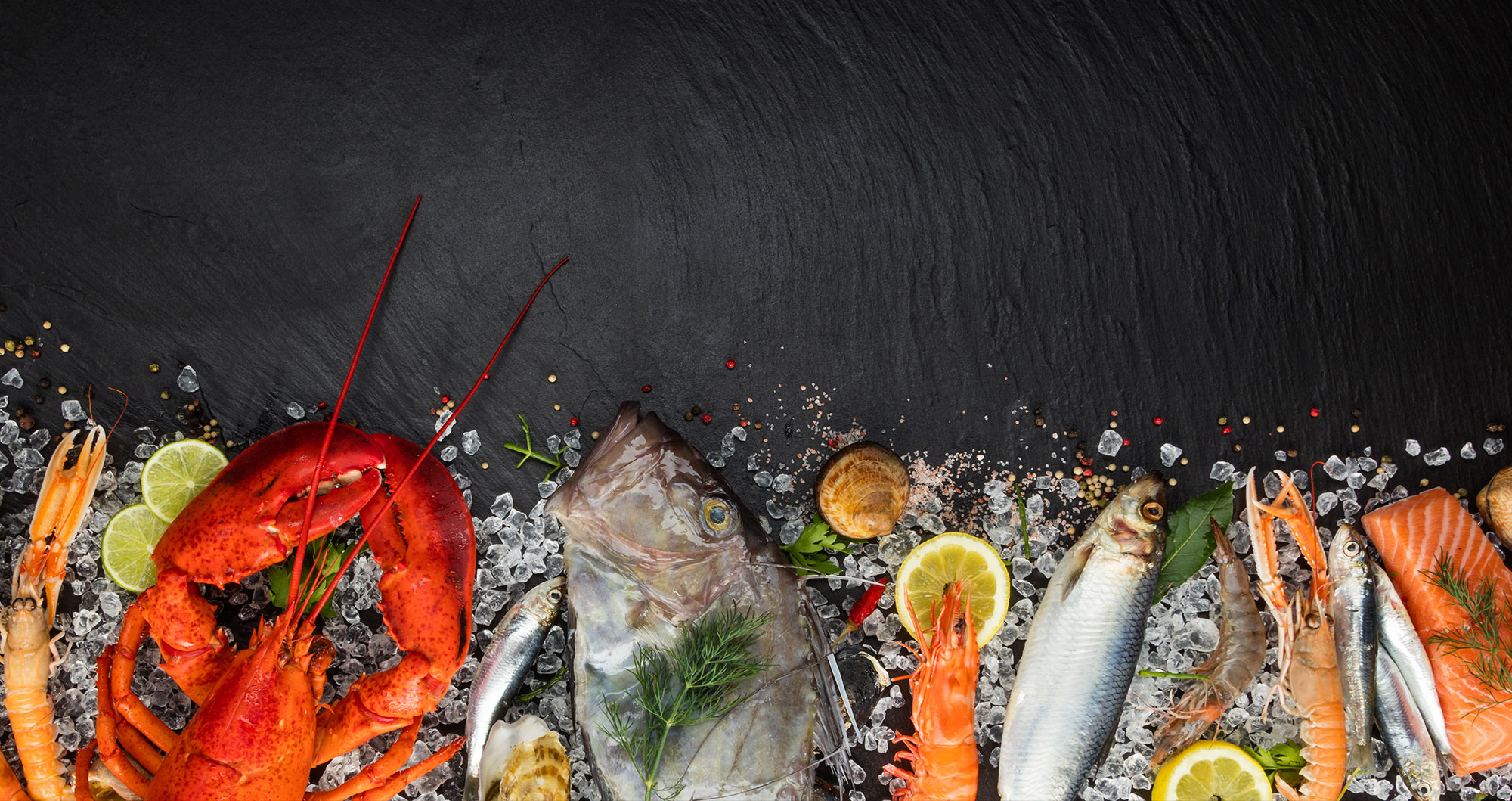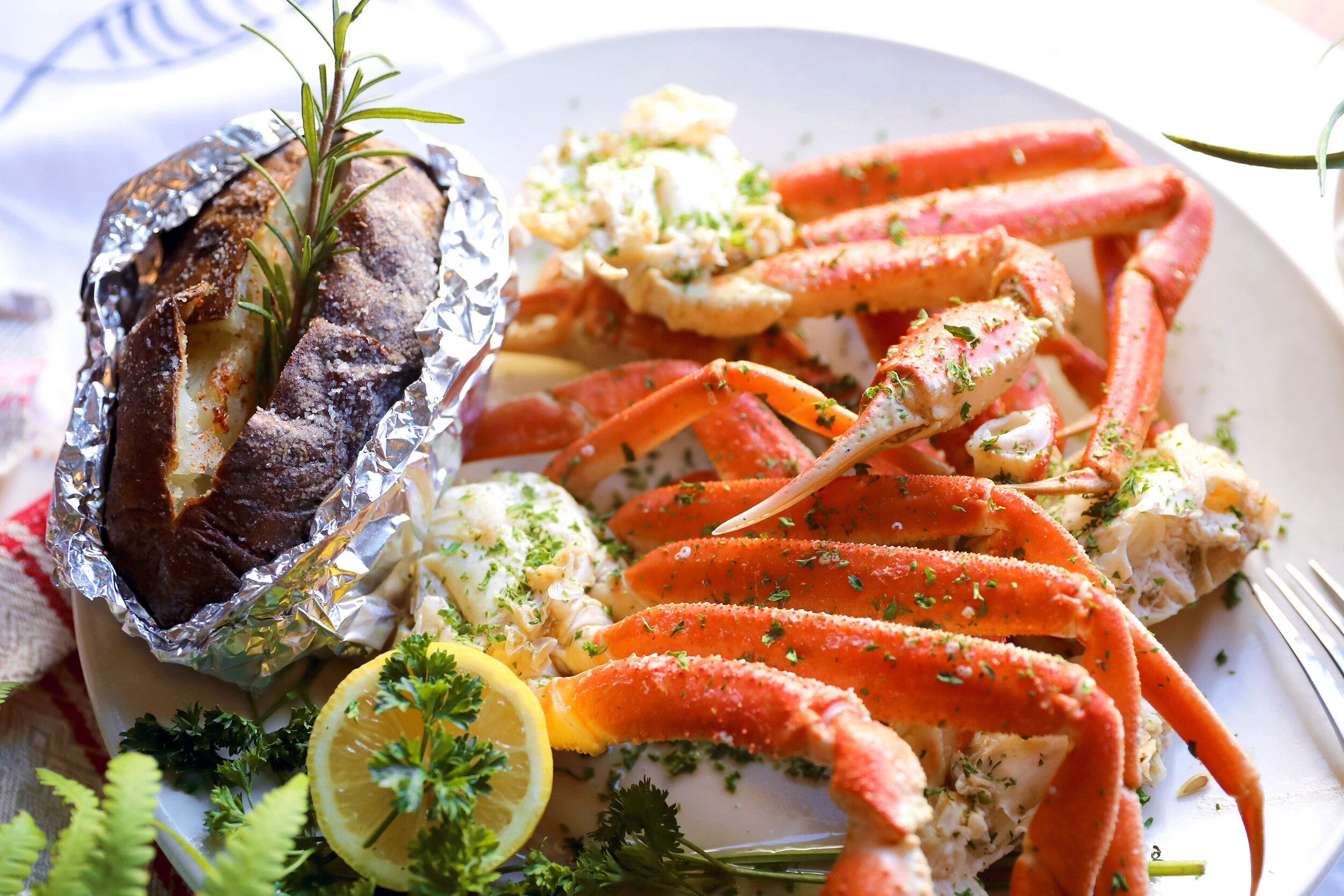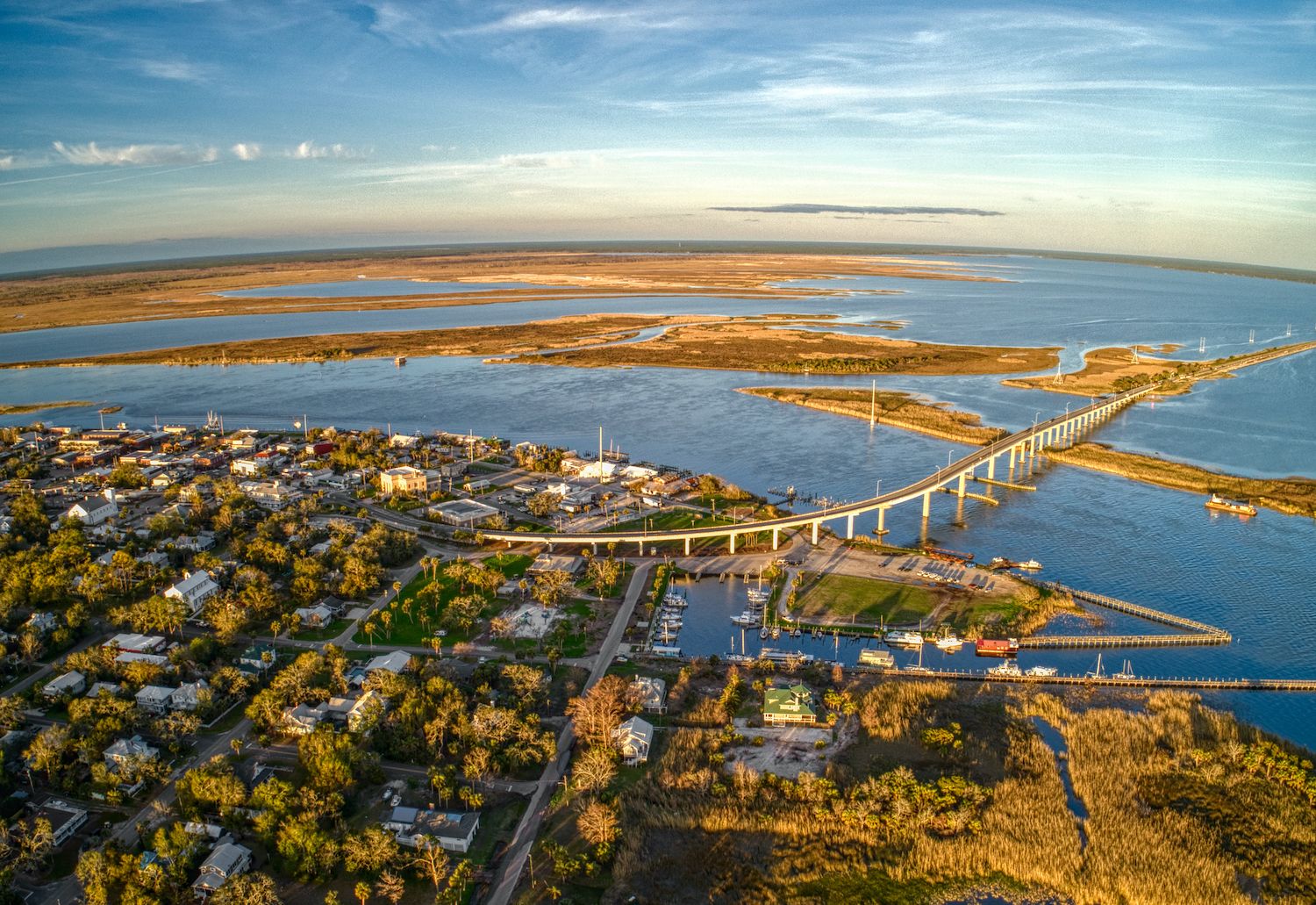With so many diets out in the world these days, it can be hard to find a dinner recipe that works for everyone, but these six recipes are guaranteed to please everyone, from the pescatarian to vegetarian and meat lovers. These recipes are so easily adapted and changed in order to ensure everyone is getting what they want. Fish or meat can easily be added to any number of these recipes and they are just as easy to make at home as any other 10 minute dish.
Cucumber Roll: A vastly unique spin on sushi rolls is the cucumber roll which is made by carving out the inside of a cucumber and filling it with your choice of foods. A melon baller or even just a soup spoon can be used to empty out the cucumber and then rice is often added along the inside of the cucumber with room to add veggies or fish on the inside wrapping in rice and cucumber. Finally, you just cut the cucumber into sushi roll shaped rings and enjoy.
Mess free and an easy way to encourage children to try sushi without the hassle of the roll falling apart when picked up.
Avocado Roll: The avocado roll is very self explanatory. The roll first starts with seaweed and adds rice on top. After that rice vinegar is added to the rice and diced avocado is placed on top of that. You can then roll up the seaweed with a towel or bamboo sushi sheet and cut it into rolls. Additional spice mayo is a great way to add a little kick to this dish and can be drizzled over the cut roll to complete the dish.
Sushi Bowl: With a base of steamed white rice or fried rice in a sushi bowl, it is completely customizable. We are going to simply list ideas of ingredients suggested for the bowl such as, avocado, onions, corn, edamame, cucumber, tempora, and then there’s proteins such as, crab, fish and tofu. Almost like an asian salad, a sushi bowl is an extremely healthy and filling meal choice. Sushi bowls have become popular since the end of the pandemic and now you can see “poke bowl” restaurants around most corners in the cities around the United States.
Crispy Tofu Sushi Burrito: Again rice and seaweed is needed for this recipe, but unlike the other, more simplistic recipes this one will require some cooking skills. For the tofu you will need corn starch, salt, and cayenne pepper. Rub this mixture onto the tofu and place in medium hot frying pan until the tofu changes to a crispy brown color. After this you can place the tofu in the center of the rice and seaweed sheet, but before rolling this up go ahead and add avocado, carrots and spinach or kimchi for added flavor and fullness. Once you’ve added the “mix-ins” you can roll up the seaweed and cut the roll into sushi rolls.
Sweet Potato Roll: a quick and delicious roll for the picky eater, a sweet potato roll has only four ingredients. Rice placed on a towel or sushi roller with seaweed placed on top and then baked sweet potato placed in the center of the seaweed. Roll this sushi roll up and sprinkle spicy mayo on top.
Shiitake Mushroom Sushi: Savory sauteed shiitake mushrooms and garlic rolled between a layer of seaweed and rice are a great substitute for a meat filled meal. Simply heat up a frying pan and toss oil, garlic, and shiitake mushrooms into the pan. As the mushrooms and garlic saute, go ahead and lay your rice out and flatten it into a square plate like display and add you seaweed on top. Once the mushrooms and garlic are ready, place it in the middle of the seaweed and rice and roll, cut and enjoy.



